All I know is that when I think back to the 1840s I just assume everything was in black and white – LOL. (Plz tell me I’m not the only one.) But amidst all the chaos was the birth of Marketing in America. 100s of businesses lined the streets, all vying for the attention of the American people.
And in this competition for the attention of the American people rose one of the greatest Marketers of all time. Yes, let me say that again, one of the greatest Marketers of all time.
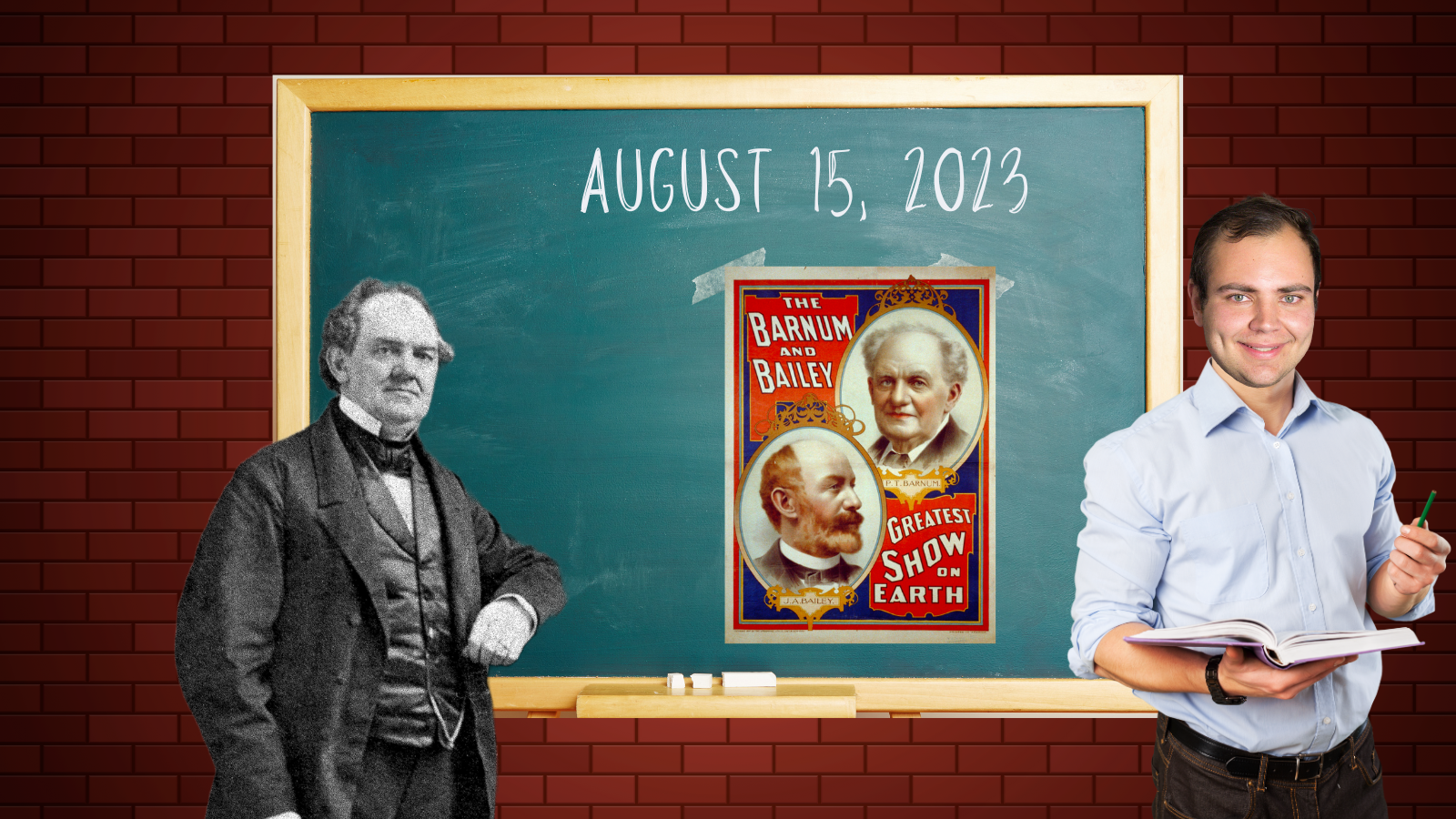
His interests in showmanship grew and by 1841 Barnum had purchased his own museum, The American Museum, a carnival of human curiosities. Beauty contests, circus shows, and extravagant attractions, Barnum’s museum had everything, except customers.
Barnum couldn’t get anyone in the door. So he got scrappy.
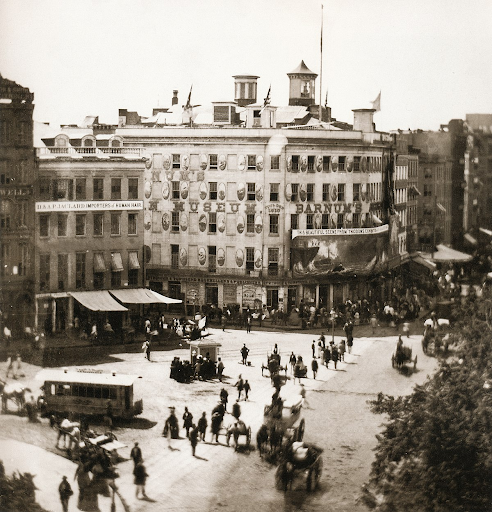
Barnum handed the beggar 5 bricks and asked him to make a slow circuit around several blocks of the city, placing a brick down in select spots, but always keeping one brick in his hand. Every brick he passed that he previously laid down, he would replace it with the brick in his hand. Barnum told him not to answer any questions and to repeat the pattern around the city.
The pattern included walking through PT Barnum’s American Museum, where the bricklayer would enter the museum, exit out the back, and continue his bricklaying.
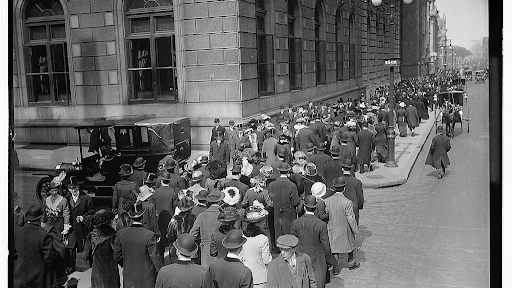
New Yorkers lacked understanding of what was happening, so they curiously followed him to Barnum’s museum. Where they proceeded to buy tickets to enter and follow the bricklayer. But once inside, the crowds were distracted by the oddities in the museum and stayed to explore.
By the end of the day, the bricklayer attracted over 1,000 people into the museum.
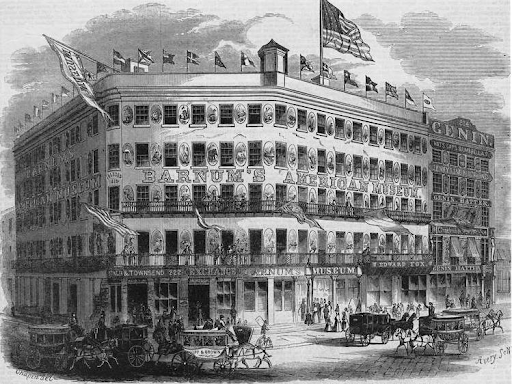
People would see the commotion, check it out, and become fully immersed in it. Barnum’s museum garnered an initial spur of notoriety in the city, but it quickly dwindled. He needed another tactic to get people in his doors.
So Barnum placed a band of musicians on a balcony in the city with a massive banner that said “Free music for the millions”. New Yorkers flocked to the seemingly kind gesture, eager to hear some tunes.
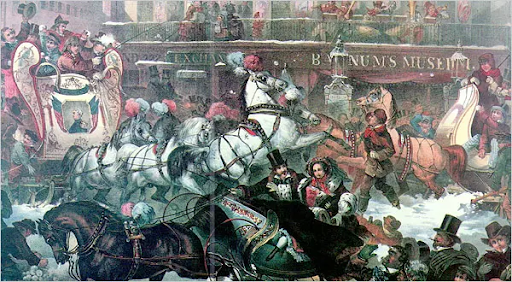
The crowd flocked to the nearest building, Barnum’s museum, bought tickets and found asylum from the horrible music inside. Encapsulated by the oddities in the museum, the crowds stayed.
But I know what you’re thinking, grabbing consumer’s attention in this manner isn’t a long term solution. Well I disagree. You gain credibility when people’s eyes are on you.
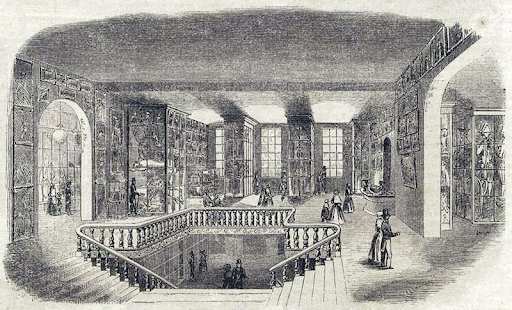
No matter how the audience got there, attention leads to perceived credibility. Barnum became a master of grabbing attention, but still struggled with maintaining relevancy.
There are tons of parallels to today. Everyone is hyper focused on going viral, that they forget to invest in the resources to maintain that growth. Then again, we wouldn’t be talking about PT Barnum if he didn’t master the art of staying relevant.
So what did he do??

After a few shows, the crowds dwindled. And once again Barnum was tasked with finding a way to KEEP consumers engaged. In a last ditch attempt to save the act, Barnum sent an anonymous letter to the papers stating the 161 year old woman was a fraud, and claiming the woman was an automation made of whalebone.
Those who originally didn’t care to see the woman were now immediately curious. And people who had already seen the woman now wanted to see her again, to verify if the rumor was true. Boom. He found his recipe for relevancy.

He would even take it to the next level, writing anonymous attacks on his own shows to keep his name in the headlines and in the papers.

The business landscape is way more competitive now than it was in 1845 and if your business isn’t grabbing attention, good luck.



